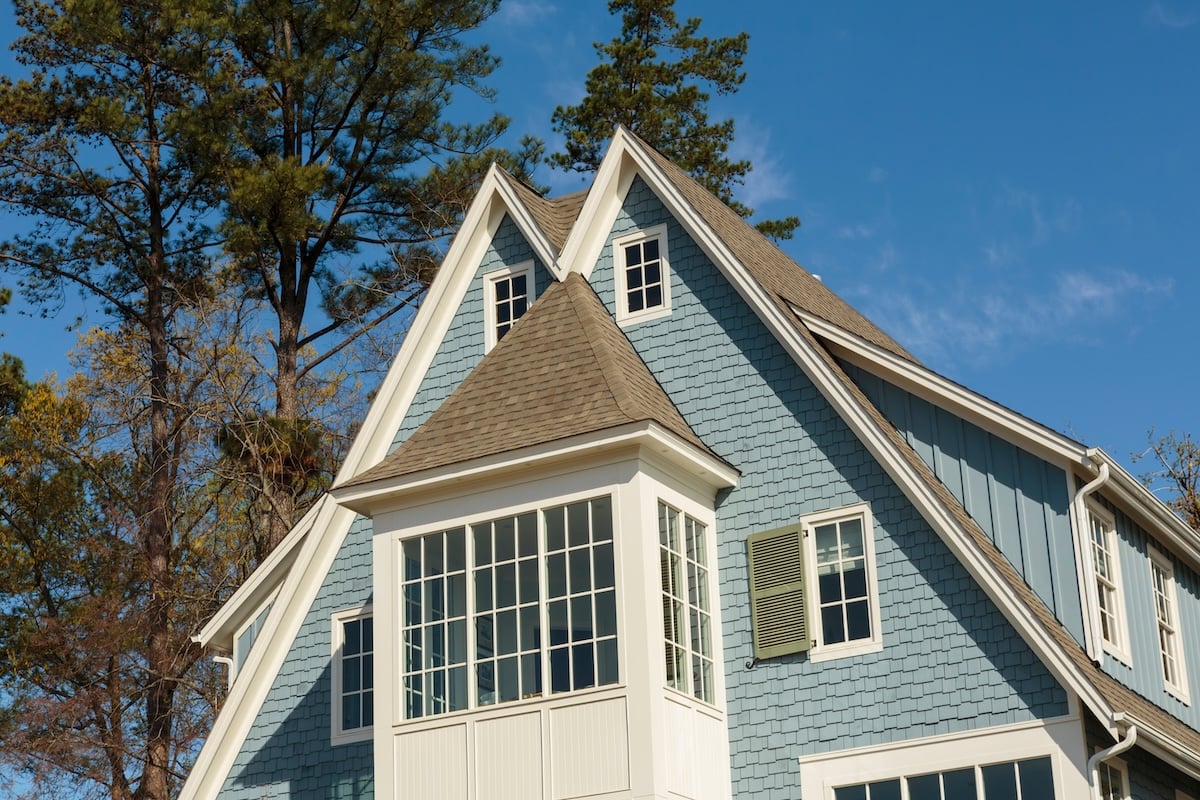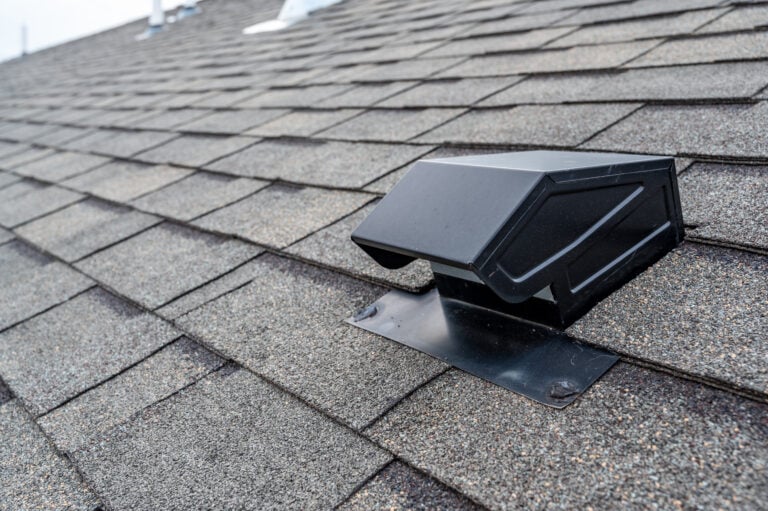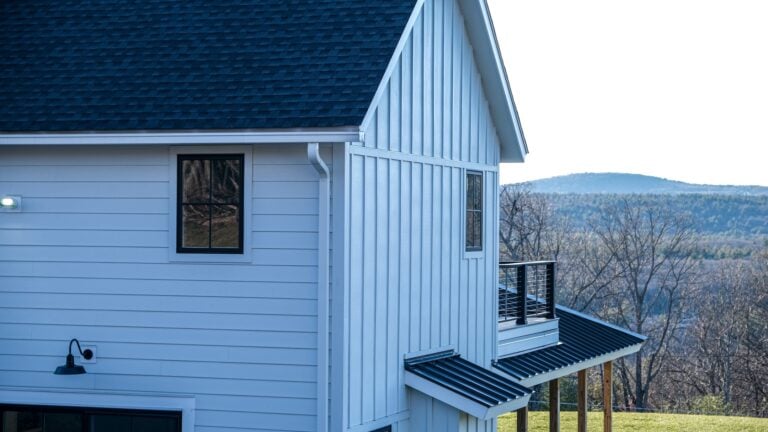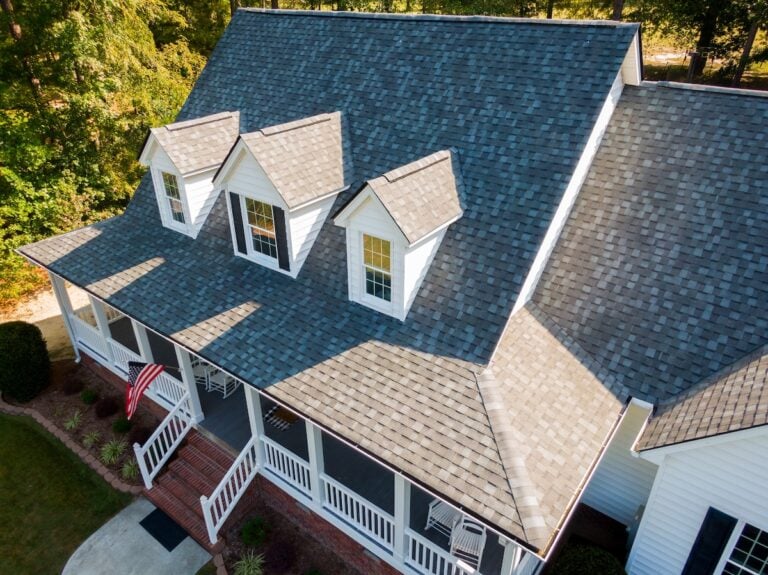Installing new siding on your home doesn’t have to be a nightmare project that drags on for months. Some siding materials are surprisingly straightforward to work with, making them perfect choices for homeowners who want to tackle the project themselves or reduce installation costs with professional contractors.
This guide covers the top siding options that balance ease of installation with durability and aesthetics. You’ll learn about vinyl siding’s snap-together design, the benefits of engineered wood, and why some fiber cement options are more DIY-friendly than others. We’ll also explore what makes certain siding materials easier to install, the tools you’ll need, and when it makes sense to call in professionals instead.
Here’s what we’ll cover in this comprehensive guide:
- What factors make siding easy to install
- The 5 easiest siding to install
- Common installation mistakes to avoid
🤔 What Makes Siding Easy to Install?
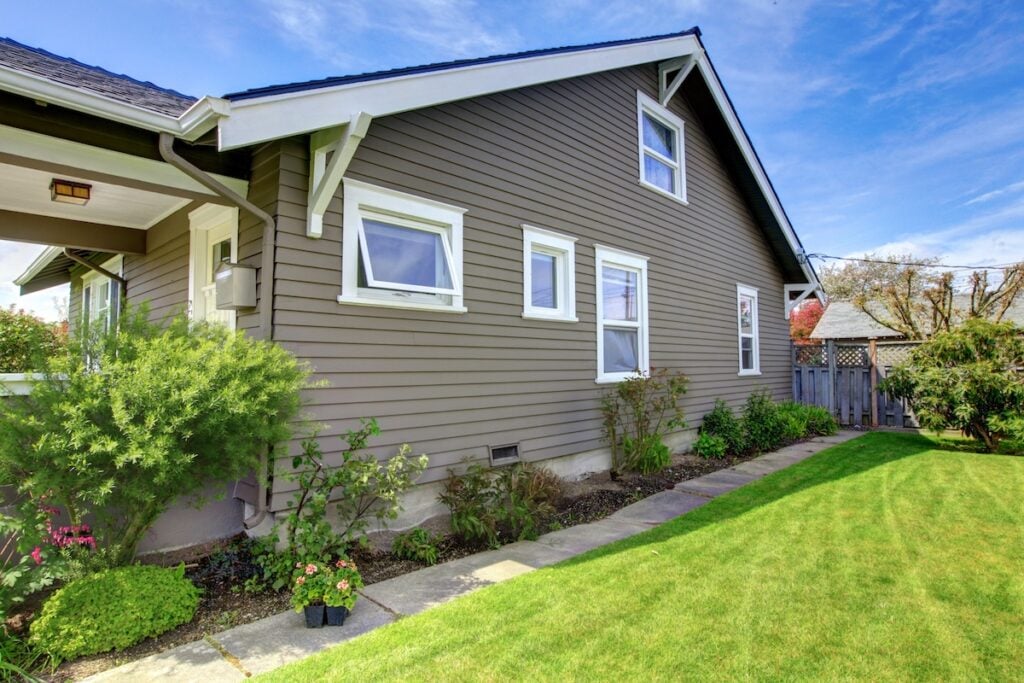
Several key factors determine how simple a siding installation will be. Understanding these characteristics helps you choose materials that match your skill level and available time.
The best beginner-friendly siding materials share common traits that simplify the installation process. They typically feature interlocking systems that eliminate guesswork about proper alignment. These materials also tend to be lightweight, reducing the physical demands of handling and positioning each piece.
Forgiveness during installation is another crucial factor. Some siding materials allow for minor measurement errors or slight misalignments without compromising the final appearance or weather protection. This flexibility proves invaluable for first-time installers who are still learning proper techniques.
Pre-finished options eliminate the need for on-site painting or staining, which can add days or weeks to your project timeline. Materials that come ready to install save significant time and reduce the chance of weather delays during finishing work.
Key Traits of Beginner-Friendly Siding Materials:
- Interlocking systems for easy alignment
- Lightweight materials for easier handling
- Forgiveness for minor installation errors
- Pre-finished options to eliminate on-site painting or staining
- Matching trim pieces and accessories for a professional finish
👉 5 Easiest Siding Materials to Install
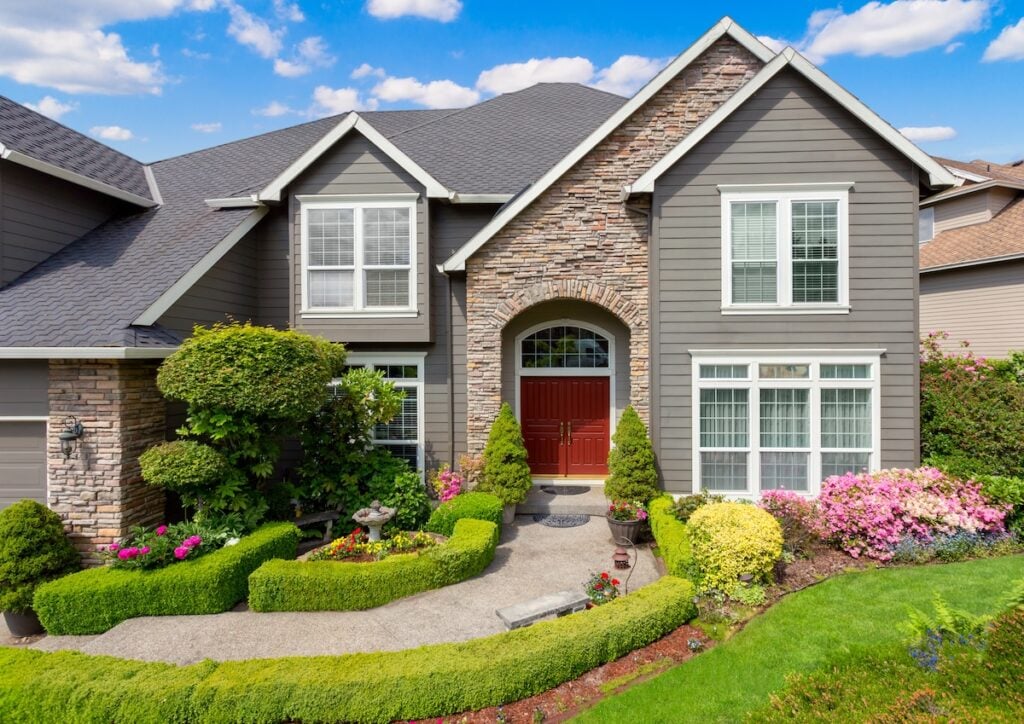
Choosing the right siding material can save you time and effort during installation, especially if you’re tackling a DIY project. Opting for easy-to-install materials ensures a faster, more cost-effective way to enhance your home’s exterior.
1. Vinyl Siding
Vinyl siding consistently ranks as the easiest siding to install for both DIY homeowners and professional contractors. The lightweight panels snap together with an interlocking system that virtually eliminates alignment issues.
The material cuts easily with standard tools like utility knives or circular saws. You can make adjustments on the fly without specialized equipment or extensive experience. Vinyl’s flexibility also means it won’t crack if you accidentally overtighten fasteners or make minor installation errors.
Most vinyl siding systems include comprehensive trim packages with matching corners, J-channels, and finishing pieces. This coordination eliminates the need to fabricate custom trim or source compatible materials from multiple suppliers.
Installation typically moves quickly since vinyl panels cover large areas with each piece. A two-person team can often side an average home in just a few days, making it an attractive option for homeowners who want fast results.
2. Engineered Wood Siding
Engineered wood siding offers the natural appearance of traditional wood with installation advantages that make it much easier to work with. These composite materials resist warping and splitting, common issues that complicate solid wood installation.
The consistent dimensions of engineered wood eliminate the sorting and selection process required with natural lumber. Every piece fits properly without checking for defects or dimensional variations that can slow down installation.
Many engineered wood products come pre-primed or pre-finished, reducing on-site preparation work. The stable material dimensions also mean fewer callbacks for seasonal adjustments that natural wood often requires.
Standard woodworking tools handle engineered wood easily, and the material holds fasteners securely without the splitting concerns associated with some hardwood species.
3. Fiber Cement Lap Siding
While fiber cement has a reputation for being challenging to install, lap siding versions are significantly more manageable than board-and-batten or shingle styles. The horizontal installation pattern is intuitive for most installers.
Modern fiber cement lap siding often includes alignment guides and consistent reveal lines that simplify proper positioning. The material’s stability means it won’t shift or move during installation like some flexible materials might.
Pre-finished fiber cement options eliminate the most time-consuming aspect of traditional fiber cement installation. When you don’t need to prime and paint on-site, the installation timeline becomes much more reasonable.
The straight cuts required for lap siding are also simpler than the complex angles and fitting required for other fiber cement styles.
4. Metal Panel Siding
Metal panel siding systems use large panels that cover significant square footage quickly. The interlocking panel edges create weather-tight seams without requiring extensive caulking or complex flashing details.
Most metal siding systems include all necessary trim pieces and fasteners, eliminating guesswork about compatible components. The consistent panel dimensions and pre-formed edges mean each piece fits predictably.
Metal’s resistance to expansion and contraction reduces the precision required for expansion gaps and seasonal movement considerations. This stability makes installation more forgiving for beginners.
The material’s durability also means you won’t damage panels during handling and installation, unlike more fragile materials that require extra care.
5. Composite Siding Panels
Composite siding panels combine the appearance benefits of natural materials with installation advantages of engineered products. These panels typically feature large dimensions that reduce the number of pieces needed to complete a project.
The consistent manufacturing process ensures uniform dimensions and quality across all panels. You won’t encounter the natural variations that can complicate installation with wood or stone materials.
Many composite systems use hidden fastener systems that create clean appearances while simplifying the installation process. These systems often eliminate the need for precise fastener placement that visible fastener systems require.
🚫 Common Installation Mistakes to Avoid
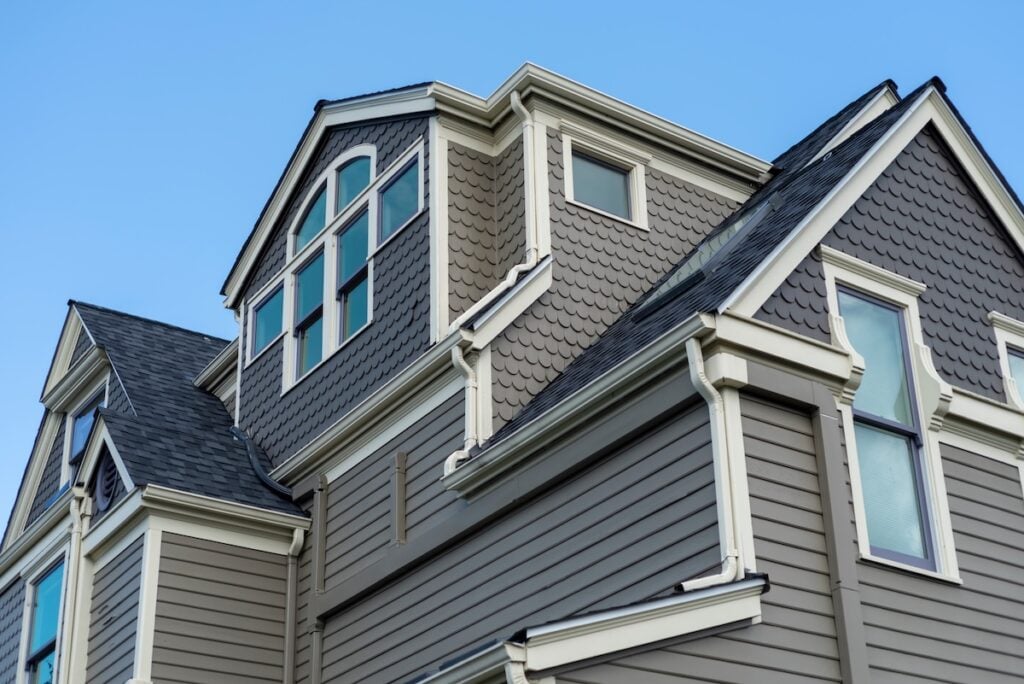
Even with the easiest siding to install, certain mistakes can compromise your project’s appearance and performance. Understanding these common issues helps you avoid problems that might require expensive corrections later.
Improper Fastening
Improper fastening is the leading cause of siding failures. Over-driving fasteners can cause dimples or cracks, while under-driven fasteners may not hold securely. Follow specific fastening requirements for each siding material to ensure optimal performance.
Inadequate Expansion Allowances
Failure to allow for expansion can lead to buckling and distortion as siding materials respond to temperature changes. Even stable materials need room for thermal movement, especially in extreme climates.
Skipping Flashing and Moisture Management
Neglecting proper flashing and moisture management can lead to water infiltration and structural damage. These small details are critical for protecting your home’s structure.
Poor Alignment and Inconsistent Reveals
Misaligned siding and inconsistent reveals create an unprofessional look, reducing curb appeal. Establishing reference lines and checking alignment frequently can prevent these visual problems.
🏡 Protect Your Investment with Professional Expertise
When it comes to the easiest siding to install, having the right team makes all the difference. At Best Exteriors, we don’t just work with high-quality, easy-to-install materials—we bring years of expertise, attention to detail, and a dedication to customer satisfaction to every project. From vinyl siding for its affordability to fiber cement for its durability, we help you choose the best option for your home and install it with precision and care.
With five-star ratings and a proven track record across Columbus, Ohio, you can trust us to protect your home and elevate its curb appeal. Ready to get started? Contact Best Exteriors today for a free consultation and let us make your siding project stress-free and seamless!
